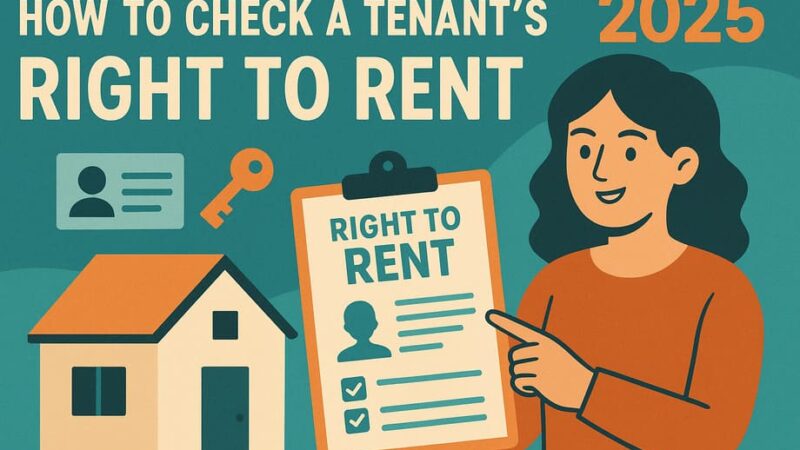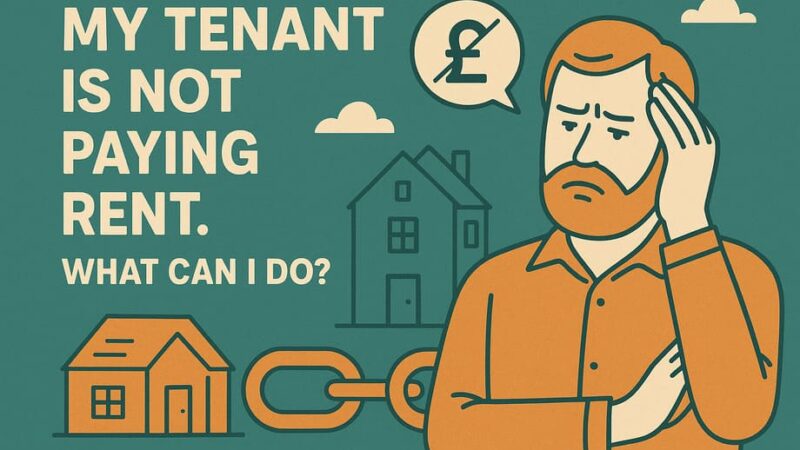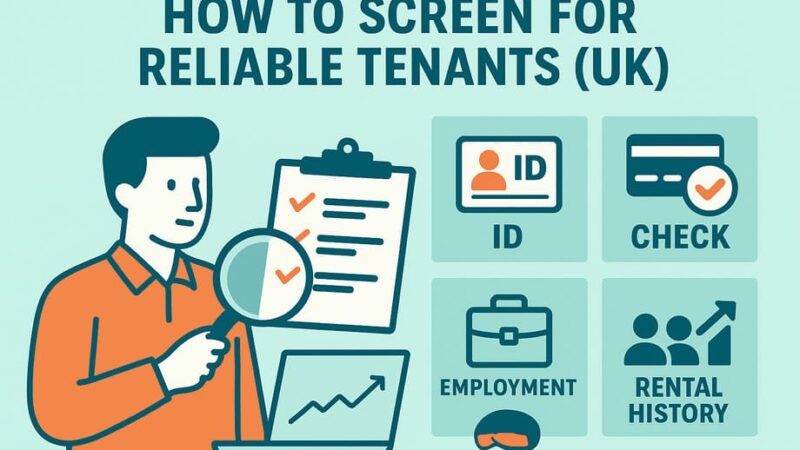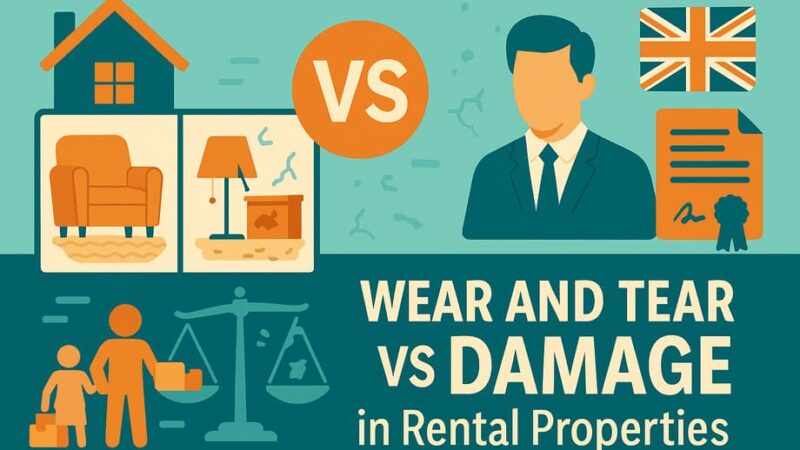Void Period – What Is It and How to Avoid It
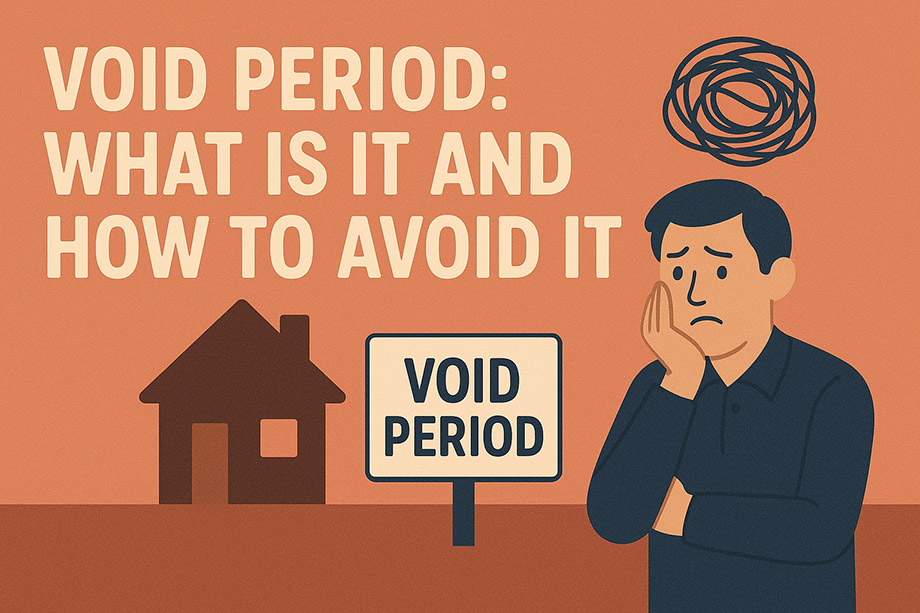
Landlords dread the silence of an empty property. Weeks, sometimes months, can pass without a single tenant – and every day the rent isn’t coming in, the bills keep piling up. That’s the essence of a void period. It’s more than just a financial gap; it’s a risk factor that eats into profits, forces owners to dip into reserves, and often signals deeper issues with how a property is marketed or managed.
So what exactly defines a void period, and why does it matter so much? More importantly, how do you avoid one altogether?
What Exactly Is a Void Period?
A void period refers to any stretch of time when a rental property is unoccupied and therefore not generating income. It usually happens in the gap between tenants – when one moves out and another hasn’t yet moved in. It might sound simple enough, but the impact can be substantial.
Not only is the landlord left covering mortgage payments, insurance, utilities, and council tax, but the property’s overall return on investment (ROI) takes a hit. With average UK rents standing at around £1,200 per month, each week a property sits empty costs roughly £275 in lost income – and that’s before accounting for the ongoing expenses.
For landlords relying on rental income to meet financial obligations, even a short void can feel like a major setback. The situation gets worse if the property remains empty for weeks due to poor marketing, uncompetitive pricing, or location challenges. And while some voids are unavoidable, many can be reduced – or even eliminated – with proactive planning.
The Real Cost of Empty Properties
The financial impact goes beyond lost rent. During a void period, landlords typically face:
- Mortgage payments – these don’t stop regardless of occupancy
- Council tax – becomes the landlord’s responsibility when empty
- Utility bills – basic services need to be maintained
- Insurance premiums – may actually increase for unoccupied properties
- Maintenance costs – repairs and upkeep continue
- Marketing expenses – advertising and letting agent fees
Recent data shows that void periods in the UK average around 18-24 days, depending on the region. London typically sees the shortest voids at around 18 days, while areas like the West Midlands can experience up to 24 days. That might not sound like much, but it adds up quickly when you’re covering all expenses without any income.
Why Do Void Periods Happen?
The reasons vary, and some are frustratingly out of a landlord’s control. A sudden economic downturn, local employment changes, or seasonal slowdowns can all make finding tenants harder. Yet, in many cases, voids are preventable.
Pricing Problems
Take pricing, for example. A property that’s overvalued in the local market can sit empty while better-priced competitors fill up quickly. Some landlords fall into the trap of thinking their property is worth more than the market will bear – perhaps because they’ve invested in improvements or simply because they need the higher rent to meet their financial commitments.
Property Condition Issues
Likewise, poorly maintained or outdated interiors often deter tenants who have plenty of other options. Today’s renters are more discerning than ever. They expect clean, modern, well-presented properties. A tired kitchen or bathroom that might have been acceptable a decade ago simply won’t cut it in today’s competitive market.
Marketing Delays
Even delays in advertising or slow response times to enquiries can create unnecessary gaps. In the fast-moving rental market, the best tenants often have multiple options. If you’re slow to respond to enquiries or take weeks to arrange viewings, you’ll lose out to more responsive landlords.
Location Challenges
Sometimes it’s a matter of geography. Urban hotspots with high-demand properties in prime zones rarely see prolonged void periods. Properties near universities, transport hubs, or major employment centres tend to let quickly. Compare that to a property in a less desirable neighbourhood, and the difference in tenant turnover is obvious.
Understanding the Market Reality
Different property types and locations experience varying void periods. Student properties, for instance, follow academic calendars – miss the summer letting season, and you might wait until the following year. Family homes in suburban areas might take longer to let but often result in longer tenancies once filled.
Professional tenants in city centres move frequently but are usually quick to decide. They know what they want and can often move within weeks of viewing. Rural properties might appeal to tenants looking for longer-term stability but could take months to find the right match.
How Can You Reduce the Risk?
Avoiding void periods isn’t about luck. It’s about strategy and timing. Several practical steps stand out:
Price Realistically
Research comparable properties in your area, and don’t assume tenants will pay a premium without justification. Use property portals to see what similar properties are renting for, and be honest about how your property compares. Sometimes pricing £50-100 below market rate can result in multiple applications and a quicker let, more than offsetting the slightly lower rent.
Market Aggressively
High-quality photos, detailed descriptions, and fast online listings make all the difference. Invest in professional photography – it’s one of the cheapest ways to make your property stand out online. Write compelling descriptions that highlight unique selling points and local amenities.
Keep the Property in Top Condition
Fresh paint, modern fixtures, and basic upgrades can make an older property feel brand new. Focus on high-impact areas like kitchens and bathrooms. Even simple improvements like new taps, updated light fittings, or contemporary flooring can significantly improve a property’s appeal.
Start Advertising Early
As soon as notice is given, start looking for the next tenant to avoid a gap. Many landlords wait until the current tenant has moved out before beginning the search – this is a costly mistake. With proper notice periods, you should aim to have the next tenant ready to move in within days of the previous one leaving.
Build Tenant Relationships
But even with these steps, there’s still the question of tenant retention. If you’ve already secured good tenants, it’s often cheaper and easier to keep them than to find new ones. Small gestures – like responding quickly to maintenance requests or allowing reasonable flexibility with renewals – can persuade them to stay longer.
The Role of Professional Management
Not every landlord has the time – or the patience – to micromanage every aspect of letting. This is where letting agents or property managers can be useful. They handle marketing, vetting tenants, and ensuring quick turnaround between occupancies.
When Agents Make Sense
Professional management becomes particularly valuable when:
- You own multiple properties
- You live far from your rental property
- You don’t have time to handle viewings and marketing
- The local market requires specialist knowledge
Choosing the Right Agent
Still, not all agents are equal. Some charge steep fees but deliver minimal results, while others actively reduce void periods with well-planned advertising and tenant networks. Look for agents who:
- Have extensive waiting lists of potential tenants
- Offer comprehensive marketing packages
- Provide regular communication and updates
- Have strong local market knowledge
Seasonal Considerations
Understanding seasonal patterns can help you plan better. January and February are typically slower months for lettings, while spring and early summer see increased activity. University areas have distinct peaks in summer, while business districts might be steadier year-round.
Plan any major improvements or marketing campaigns around these seasonal trends. If you know your tenant is likely to leave in winter, start preparing early to minimize the impact of slower market conditions.
Technology and Modern Marketing
Today’s rental market moves fast, and technology plays a crucial role. Properties listed with virtual tours, professional photography, and detailed floor plans let significantly faster than those with basic listings.
Social media marketing, targeted advertising, and platforms beyond the traditional property portals can help reach potential tenants more effectively. Consider platforms like social media groups, university housing boards, or corporate relocation services, depending on your target market.
Financial Planning for Voids
Even with the best planning, some void periods are inevitable. Smart landlords budget for at least one month of void per year – this provides a financial cushion and prevents panic decisions when properties do become vacant.
Consider building up reserves equivalent to 2-3 months of rent per property. This allows you to maintain standards, price appropriately, and wait for the right tenant rather than accepting the first applicant out of financial pressure.
When Location Works Against You
Here’s where things get more complicated. The local market dictates so much of a property’s performance. Areas with strong job markets, transport links, and desirable amenities simply attract more tenants. Landlords with properties in these areas rarely worry about prolonged voids.
For those in less competitive zones, the challenge is steeper. You might need to work harder on presentation, pricing, and marketing. Sometimes, it’s about finding the right niche – a property that doesn’t suit young professionals might be perfect for families or older tenants.
The Bottom Line
Void periods aren’t always avoidable, but they’re rarely inevitable. A mix of preparation, realistic pricing, and proactive marketing can dramatically reduce the likelihood of a property sitting empty. Location plays its part, of course, and sometimes external factors are beyond control – but focusing on what you can control is where the wins are found.
The goal isn’t just to fill a property. It’s to keep it filled, with reliable tenants who want to stay. And when you get that balance right, the concept of a void period becomes less of a looming threat and more of an occasional inconvenience – one you’re prepared to handle.
Remember, every day your property sits empty is lost income that you can’t recover. But with the right approach, those days can be kept to an absolute minimum. The key is treating void prevention as seriously as any other aspect of your property investment strategy.
Last Updated on July 31, 2025 by James Cartwright


